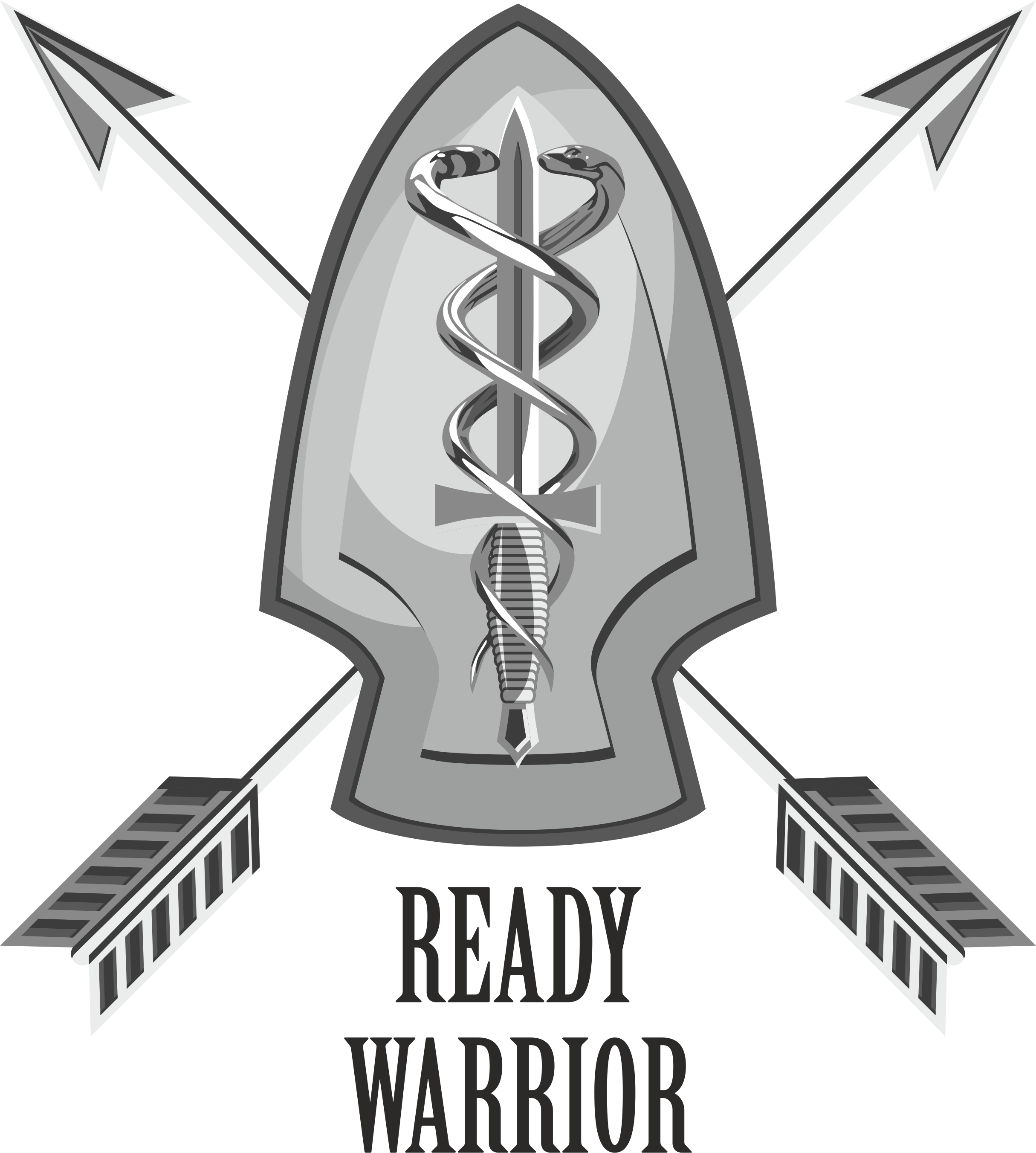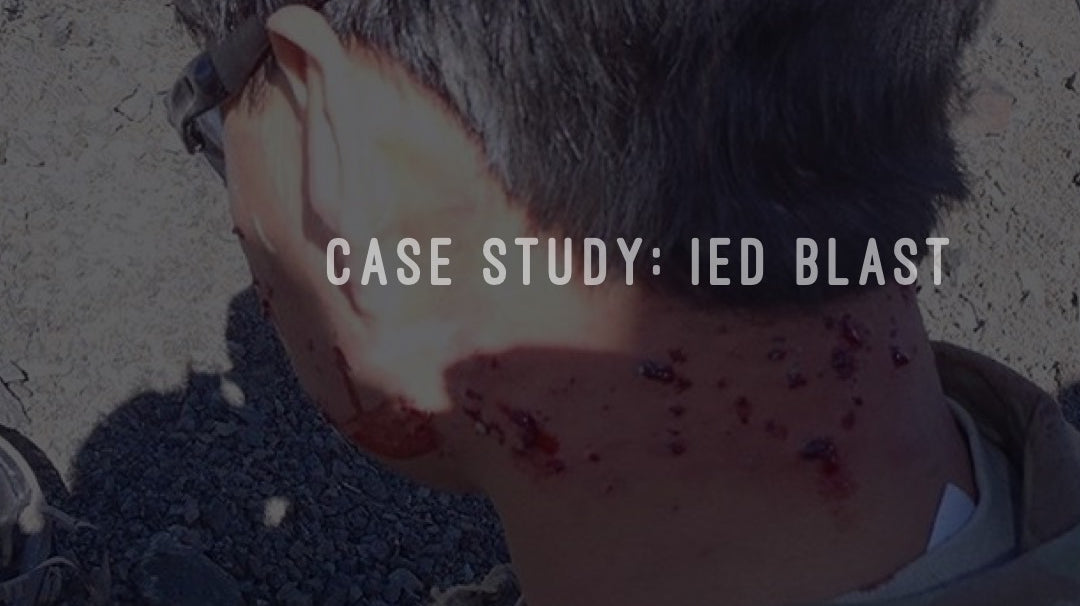The Silver Bullet Blog
Case Study: IED Blast
Thank you to everyone who commented about what they believed the appropriate course of action was for the injury shown on the IG page. Here is the COA I...
As former SF medics (Green Berets) we know what it takes to do the job quickly and accurately. We are actively creating products to assist ALL military medics. We take pride in only offering products that we would use ourselves.

Sign up for exclusive offers, original stories, events and more.
Entice customers to sign up for your mailing list with discounts or exclusive offers.
